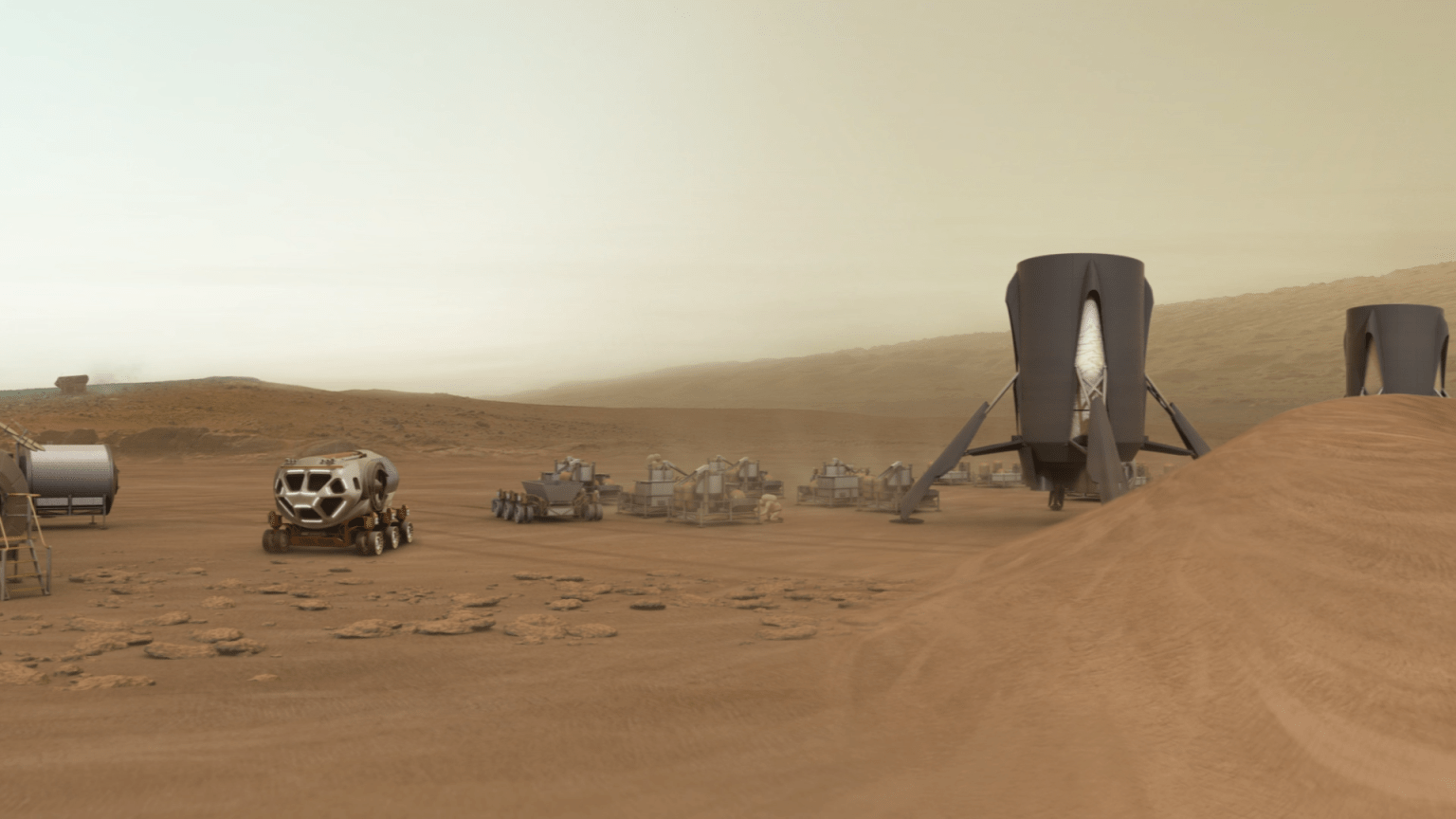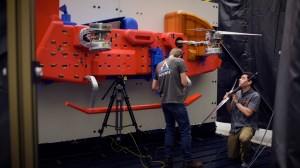NASA has selected fifteen undergraduate and graduate finalist teams to advance to the next phase of the agency’s Revolutionary Aerospace Systems Concepts – Academic Linkage (RASC-AL) competition and present their concepts to NASA and aerospace industry leaders at a forum in June.
The 2022 RASC-AL finalist teams are:
- Embry-Riddle Aeronautical University with Politecnico di Milano
- Project Title: SALVARE – Self-Acquisition of Liquid propellant Versatile Arsenal of Resources Endeavour
- Faculty Advisors: Dr. Davide Conte, Professor Claudia Ehringer Lucas, and Dr. Michelle Lavagna
- Massachusetts Institute of Technology
- Project Title: BART & MARGE (Bipropellant All-in-one In-situ Resource Utilization Truck & Mobile Autonomous Reactor Generating Electricity)
- Faculty Advisors: Professor Jeffrey Hoffman and Dr. Olivier de Weck
- University of Central Florida
- Project Title: Project Vitality: Martian ISRU Architecture
- Faculty Advisors: Dr. Jeffrey Kauffman and Dr. Kawai Kwok
- University of Cincinnati
- Project Title: Resource Extraction and Propellant Architecture for Mars
- Faculty Advisor: Dr. Catharine McGhan
- University of Illinois at Urbana Champaign with Honeybee Robotics
- Project Title: Mars Ice Thermal Harvesting Rig and ISRU Laboratory (MITHRIL)
- Faculty Advisors: Dr. Michael Lembeck and Dr. Zachary Putnam
- University of Puerto Rico – Mayaguez with Venturi Astrolab and Thin Red Line Aerospace
- Project Title: MAPPER: Martian Architecture for Propellant Production and Exploration Research
- Faculty Advisors: Dr. Bárbara Calcagno, Dr. Gustavo Gutierrez, Dr. Julio Briano, and Dr. Gerson Beauchamp
- Virginia Polytechnic Institute and State University
- Project Title: Mission Khione: Martian Autonomous Propellant Harvesting Station
- Faculty Advisor: Dr. Kevin Shinpaugh
- University of Michigan
- Project Title: LuVESS: Lunar Vacuum-Enabled Sample Solution
- Faculty Advisors: Professor George Halow, Professor Steve Battel, and Dr. Jonathan Van Noord
- University of Texas at Austin
- Project Title: Modular Universal Preservation System (MUPS)
- Faculty Advisor: Professor Adam Nokes
- University of Maryland
- Project Title: Design of a Suitport Logistics Carrier
- Faculty Advisor: Dr. David Akin
- University of Texas at Austin
- Project Title: Suitport Interface Logistics Carrier (SILC)
- Faculty Advisor: Professor Adam Nokes
- Tulane University
- Project Title: Communications, Energy, and Resource Block for Externalized Redundancy and Utility Support (CERBERUS)
- Faculty Advisor: Dr. Matthew Barrios
- University of Maryland
- Project Title: Charging, Antenna, and Locomotion for Lunar In-situ Support of Technical Operations (CALLISTO)
- Faculty Advisors: Dr. David Akin and Dr. Mary Bowden
- Virginia Polytechnic Institute and State University
- Project Title: Project Raikou
- Faculty Advisor: Dr. Kevin Shinpaugh
- West Virginia University
- Project Title: Lunar Exploration and Artemis Development (LEAD) PUP
- Faculty Advisor: Dr. Andrew Rhodes
Selected teams will receive a $6,000 stipend to develop their proposals to effectively meet the mission: establish innovative concepts that allow the expansion of human space exploration to include short-term stays and scientific operations at planetary bodies. Projects are incorporated into the teams’ coursework and fall into one of four themes: portable utility pallet, universal sample containment system, Mars water-based in-situ resource utilization (ISRU) architecture, or suitport logistics carrier (SPLC). As NASA looks toward the future of space exploration to the Moon through Artemis and beyond to Mars, these student-developed technologies could help advance deep space missions.
Celebrating its 20th anniversary, RASC-AL has a long history of encouraging students who move the needle on concept development and trade space analysis and bring fresh ideas compatible with NASA’s space exploration program. To celebrate two decades of impact on space exploration, RASC-AL teams are encouraged to prototype all or part of their designs to demonstrate key functions at the 2022 competition. The top two teams at the forum will be awarded stipends to present their concepts at an aerospace conference.
“These concepts are relevant to our goals to put the next humans on the Moon and establish the foundation to travel into deeper reaches of space,” said Pat Troutman, human exploration strategic analysis Lead at NASA’s Langley Research Center in Hampton, Virginia. This opportunity lets teams push their projects farther than they have in the past because it adds a level of real-life application to their engineering work and further advances technology readiness for NASA.
A steering committee of NASA personnel and industry experts from Aerojet Rocketdyne, Boeing, Cislunar Space Development Company, Northrop Grumman, Reliable Robotics, and SpaceWorks, selected the finalists based on a review of competitive proposals. Selected projects demonstrate originality and creativity in the areas of engineering and analysis, show feasibility and technical merit, include synergistic applications with NASA’s planned current investments, and align with one of the competition themes. Each team submitted a two-minute video and detailed seven-to-nine-page proposal presenting their concepts for consideration.
“These teams bring so many different ideas to the table,” said Christopher Jones, RASC-AL judge, and aerospace engineer at NASA Langley. “It’s always a tough selection process, but these teams rose above the rest in the proposal reviews. We’re excited to see how these projects develop in the months leading up to June.”
RASC-AL is sponsored by the Moon to Mars Architecture Development Office within the Exploration Systems Development Mission Directorate at NASA Headquarters and by the Space Mission Analysis Branch within the Systems Analysis and Concepts Directorate at NASA Langley. It is administered by the National Institute of Aerospace.
For more information about the RASC-AL competition, visit:
http://rascal.nianet.org































